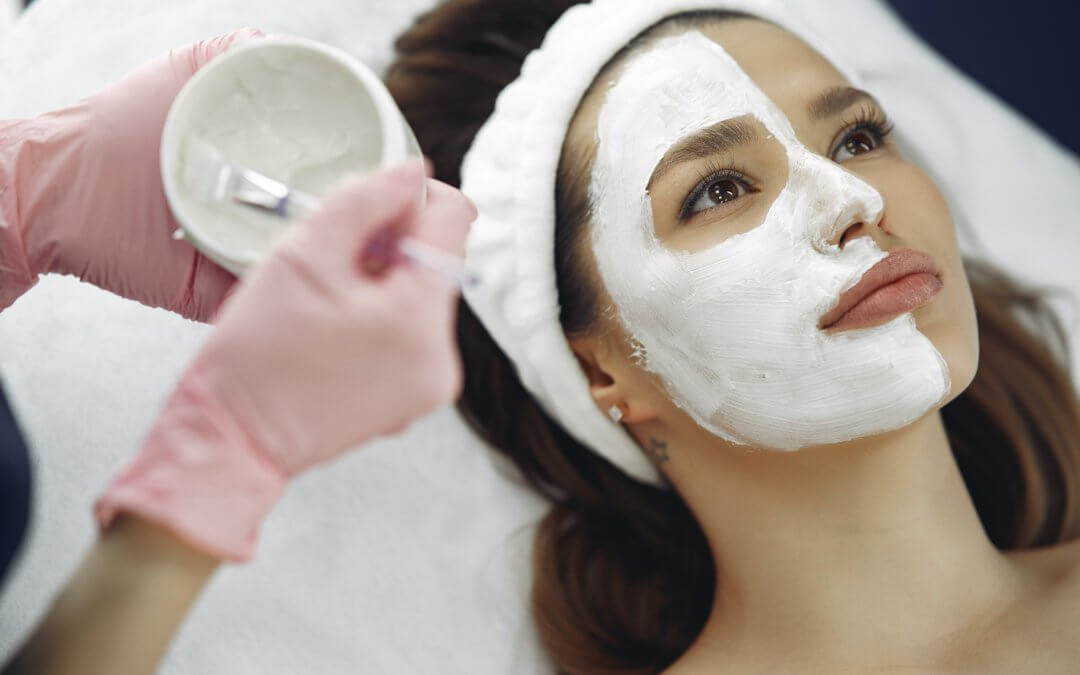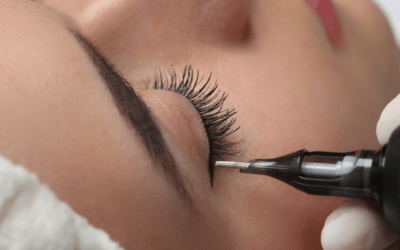There are so many ways to incorporate clay into your skincare or haircare routine. Discover all the best easy clay masks recipes to try at home…
Clay has been used for thousands of years in pottery, medicine, but also beauty. There are so many ways to incorporate this fantastic and affordable mineral into your skincare or haircare routine. However, you have to make sure that you use the right type of clay for your needs. In this post, we are going to see the different clay types, then propose you a few easy mask recipes to try at home.
Different types of clay
Green clay has purifying, anti-inflammatory and balancing properties. It is highly recommended for oily and acne-prone skin as it will fight against skin imperfections.
White clay is gentle to the skin and therefore can be used for all skin types. Perfect for purifying and revealing the radiance of your skin thanks to its illuminating power!
Yellow clay is recommended for mature and sensitive skin. It’s the best type of clay for fighting against blemishes and hyperpigmentation. Plus, it also makes a great ingredient for a revitalizing hair mask.
Pink clay has a purifying and brightening effect on the skin. Thanks to its soothing and healing properties, it is ideal for dull and sensitive skin. A few tablespoons of pink clay in your bath are also beneficial for soothing your skin and for blood circulation.
Rhassoul clay is a red-colored volcanic clay from Morocco. Very gentle to the skin, it absorbs impurities without harming the skin’s hydrolipidic film. Rhassoul clay can also be used as a hair mask.
DIY Masks
Here are a few clay masks you can make at home with very few ingredients and material. Make sure you don’t use metallic material to mix your ingredients; in fact, metal alters the properties of clay. Preferably chose a spoon and a container made of plastic, wood or ceramic. A little advice before you start: don’t wait until the mask is completely dry to rinse it off, or it could dry out your skin.
Purifying green clay mask for oily and acne-prone skin
Put 2 tablespoons of powdered green clay in a bowl with a little water. Add 2-3 drops of tea tree essential oil. Then, mix until you obtain a smooth, thick paste. Apply on your face, leave on for 10-15 minutes, then rinse thoroughly with warm water.
Tip: if you have combination skin and therefore have dry zones on your face, only apply the mask on your T-zone.
Moisturizing white clay mask for dry and mature skin
Mix 2 tablespoons of powdered white clay with 1 tablespoon of argan oil and a little bit of water until you obtain a smooth, thick paste. You can also add a few drops of rose water for an anti-aging effect. Apply on your face and leave on for 20 minutes. Rinse thoroughly with warm water.
Nourishing and purifying pink clay mask for sensitive skin
Pour 1 tablespoon of powdered pink clay, 1 tablespoon of aloe vera gel, 1 teaspoon of honey and a little water in a bowl. Mix until you obtain a smooth paste, then apply on your face. Leave on for 5-10 minutes then rinse with warm water.
Soothing yellow clay mask for sensitive, blotchy skin
Mix 1 tablespoon of powdered yellow clay with 1 tablespoon of honey and a few drops of jojoba oil until you obtain a thick paste. Apply on your face, leave on for 10 minutes then rince with warm water.
Rhassoul mask for oily hair
Pour 5 tablespoons of powdered rhassoul and 5 tablespoons of water in a bowl. Mix well until you obtain a smooth texture, then add 5 drops of lavender essential oil and mix again. Apply on your hair (dry or wet, according to your preference), then pull your hair up into a bun and leave the mask on for 30 minutes. Rinse thoroughly with warm water.
Tip: rhassoul can also be used for dry hair. Just be sure not to apply it on the ends because it could dry them even more. Follow the same recipe, replacing lavender oil by avocado oil or shea oil.
Check out also this simple homemade recipe:
We hope you will find the clay face masks that’s right for you among these recipes. Feel free to change or add new ingredients to these recipes in order to adapt them to your needs.
If you’re interested in other recipes, you can read our natural homemade face masks post to find inspiration, and to try new face masks. Your skin will thank you!
Love,
Figaro London





